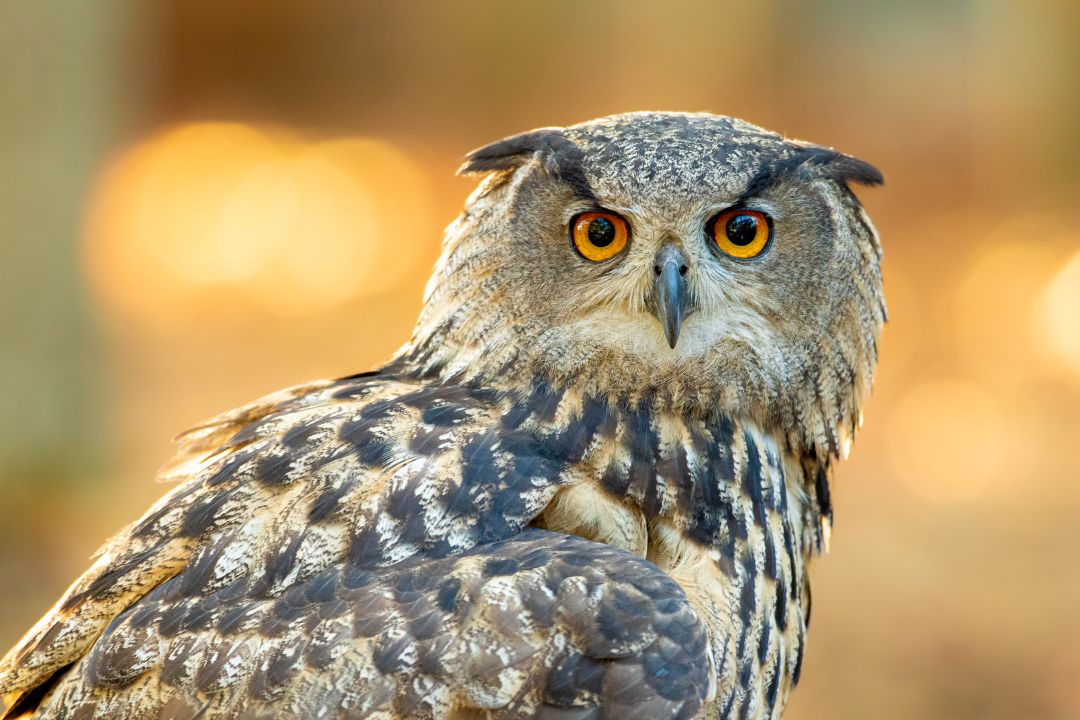Taronga Zoo here in Sydney has been breeding the Regent Honeyeater that is very much threatened with extinction. They have successfully bred around 50 or so birds and released them into the wild from a large walk-through aviary that houses many bird species. Along with other entities, they have planted specific trees/shrubs etc that these birds feed on in a specific area in the bush and so far it has been a success. This is part of what zoos can do. Hopefully breed up threatened species, care for the injured, care for abandoned young, general rehabilitation as well as education for vets (important experience in surgery and care for wildlife) and education for the public. Another important aspect of a zoo is that it is a very important bridge between people and the animal kingdom and it's wide variety. Much better to see an animal in person than to only be able to read about it in a book or see a doco on TV. If people can't interact with nature, they will not care for it and zoos can provide that bridge, that interaction. Human's are part of nature, as much as the tree huggers would hate to admit to it, and as such we have an important role to play. Not everyone is a greedy, tear it down and shoot the animals heartless ogre.
I have also been to reserves in the Northern Territory, Australia, where there are a number of very threatened-with-extinction species of animals that have been fenced off for their safety in order to breed them up and study them. The fenced off area is huge and I hardly think this is a detrimental act. There are cases of this sort of thing all over the world. I mean, where do you draw the line at freedom versus captivity? Is a game park in Africa technically captivity if there is a fence all the way round it? The Ecosanctuary I visited in New Zealand's South Island is 307 hectares with a 9km fence to keep out predators and the like, but all the birds can come and go as they please, they are completely free.
The aviaries at say Taronga zoo here in Sydney are huge and pose little limits on the bird's flight and the birds all seem to breed well, which to me shows they are not under stress from their surroundings. I have been photographing birds and animals for close to 15 years and from what I see, birds (and animals) in the wild are way more stressed and under way more predation and threats from other birds than these zoo havens. Life in the wild is bloody tough from what I can see and very few survive to adulthood, they are mainly food for the higher-up-the-food-chain predators. Yes, there are very poorly run zoos, mostly the poorly run ones I have seen are in developing countries, not most first world countries - but there may be exceptions as always. At Taronga Zoo, the birds and animals are well looked after and do not appear to be suffering any ill from their captivity. I really don't see the well-run places as exploitative in any way shape or form, they are very important part of the wildlife and human cohabitation as I pointed out above with regards to the many great things they provide. The good ones are run be very well-educated people with the bird/animal's interest at heart and all genuinely love their jobs and animal welfare is their primary objective.



